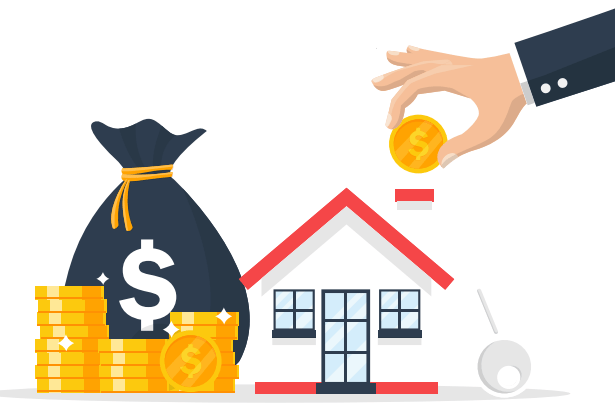A few weeks ago, the Fed announced it would raise interest rates seven times this year to temper inflation. The Fed could be in for a big disappointment. Here’s why.
The real estate market is experiencing unprecedented conditions. Historically low mortgage rates, a good economy, and massive in-migration to Arizona have resulted in a ton of buyers in the market, gobbling up the available inventory of homes. It’s basic Keynesian economics. Lots of buyers trying to buy fewer homes equals skyrocketing home prices... what the Fed views as inflation.
Heck, we’re seeing the same thing with cars. Our good economy, coupled with low interest rates, has motivated lots of people to buy new cars. The problem is that supply chain problems have reduced manufacturers’ ability to deliver new cars. So, for the first time I can remember, used cars are going up in value, again, what the Fed views as inflation.
Back to housing.
A Self-Perpetuating Cycle
Because of the low interest rates, the popularity of Arizona, and our good economy, buyer demand for homes is at record levels, and is consuming homes as fast as they become available to buy. But that’s not the only reason home inventory is so low. I’ve been in real estate since the 70s, and we’re experiencing a unique situation I’ve not seen before.
Homeowners thinking about selling (moving up, down, across town, or out of town) face the same problem as other buyers in the market: few homes to choose from. It’s scary to sell before you have a home to buy. So, home inventory is not only depressed by so many buyers eating up inventory, but it’s further depressed by homeowners who don’t sell because they can’t find a place to buy. In other words, the imbalance ratio of more buyers than sellers is getting worse because fewer people are putting their homes on the market. This self-perpetuating cycle worsens the imbalance ratio.
Why Does the Fed Care?
Why does the Fed care so much about controlling fast-rising home prices?
Politicians get voted out of office when our standard of living decreases, which is exactly what happens when average home prices rise faster than average earnings.
Fortune recently posted an article with the headline: Home prices are growing significantly faster than salaries in 25 of the 38 biggest cities.
The article said:
“The chasm is becoming impossibly wide. Cities with growing populations and booming housing markets, like Boise City and Phoenix, are seeing home values appreciate extraordinarily fast. The typical value of a middle-tier U.S. home is now $331,533, according to Zillow, more than 20% higher than home values were a year ago. In 2019, before the pandemic shifted the housing market, the median U.S. home was worth $229,000, and home values were growing at around 5% a year, only slightly higher than earnings growth.”
America’s companies are predicted to raise pay by 3.4% to 3.9% in 2022, compared to the current 15%-20% rise in home values. To say that there is a disparity between home price appreciation and wage increases is a grave understatement.
Interest Rates – The Classic Weapon
So the Fed is doing what it’s done in the past to control inflation by raising interest rates to reduce homebuyer demand. The Fed believes this will bring home price growth versus worker wage growth back into balance. It’s worked before, but this time it may be a miscalculation.
For the first time in history, most of the country has either bought a home or refinanced a home at record-low interest rates. So while raising home loan rates will temper homebuyer demand (as it has in the past), it may also further suppress the number of homes coming on the market. Would you want to sell your home and give up your 3% interest rate to buy another home at 6%?
Therefore, the Fed’s actions in raising interest rates may have a double negative effect. Instead of making homes more affordable, higher interest rates will make the monthly payment for buyers higher. And homeowners thinking about selling (but not compelled to sell) may decide not to sell because they’d be forced to buy at double their current interest rate. My prediction? The limited number of homes coming for sale may drop even further. Ugh!
Consequently, the Fed’s action may be a lose-lose-lose proposition. Buyers will pay higher interest rates, have fewer homes to choose from, and home values will continue to far outpace wage growth. Fasten your seat belt for a worsening of the imbalance ratio.




